Planet Earth | 3rd Rock From The Sun 🌎
Our Blue Oasis In Space!
You’ve come to the right place to check out some cool space facts about Planet Earth! Our home planet is the 3rd terrestrial planet from the Sun, the 5th largest and is over 4.5 billion years old. Orbited by one natural satellite, the Moon, along with thousands of other artificial satellites! Earth is the only planet known to have liquid water on its surface and be inhabited by life!
Fast Summary Facts About Earth!
- Age: 4.54 billion years
- Size: Diameter of 12,742 km (7,918 miles)
- Planet Rank: 5th largest
- Number of Moons: 1 (The Moon)
- Surface Gravity: 9.81 m/s (1 g)
- Orbital Radius: 149.6 million km (1 AU)
- Orbital Eccentricity: 0.017
- Length of Year: 365.25 days
- Rotational Period: 24 hours
- Axial Tilt: 23.4°
- Atmosphere: Nitrogen, oxygen, argon & carbon dioxide
- Surface Temperature: Between -88°C & +58°C
Interesting Cool Space Facts About Our Home Planet!
- All the other planets in the solar system were named after Greek and Roman gods and goddesses. Earth was simply named after the word for ‘ground’, even though 71% of the planet is covered with water! Maybe our home planet should be called Planet Water?! Or Water World?!
- Until about 400 years ago, humans believed Earth was the centre of the universe. Today, with the discovery of exoplanets etc, we know there are likely to be billions of other planets in the Milky Way Galaxy and trillions throughout the universe!
- On average Earth orbits 150 million kilometres from the Sun and it takes sunlight eight minutes to reach our planet.
- The Earth orbits the Sun with a speed of about 107,200 km/h (66,600 mph)! Wow, that’s rapid!
- If you walked around the equator of Earth, you would cover 40,075 km (24,901 miles)!
- Due to Earth rotating 365.25 times a year, every 4 years we have to add an extra day to the year. This is called a leap year!
- This rotation also means Earth isn’t a perfect round ball but is slightly flattened.
- Our home planet doesn’t rotate straight up and down as it orbits the Sun, but on a 23.4° angle. This gives us our seasons!
- Earth’s orbit isn’t a perfect circle, on January 3rd (near Earth’s perihelion) it is about 5,000,000 kilometres closer to the Sun than on July 4th (when at aphelion).
- The slight variation in the Earth-Sun distance causes summers in the southern hemisphere to receive about 6.9% more solar energy than the northern hemisphere.
- Earth’s days are getting slightly longer due to the tidal interactions with the Moon. For example 410 million years ago each day was 2.2 hours shorter and there were 400 days in a year!
- Earth is composed of a solid iron/nickel core surrounded by a liquid mantle of rocky material. The hard outer crust (surface) is only 5-40 km (3-25 miles) thick – one reason we have so many volcanoes!
- Earth is the densest planet in the solar system.
- Due to our planet's rotation and the molten nickel-iron core, we have a strong a magnetic field. This protects us (and our atmosphere) from the Sun’s harmful solar winds and other forms of space radiation! It also forms the aurora and causes our compasses to point north!
- Earth is the only planet with one moon; although we are lucky as Mercury and Venus have no moons! The Moon is the 5th largest in the solar system and the biggest in relation to its planet.
- Earth is the only planet (or moon) in the solar system to have liquid water on its surface. We orbit the Sun in a ‘Goldilocks’ region of space where the temperature is just right for this! Saturn’s moon Titan is the only other place known to have liquid on its surface – but it’s lakes of hydrocarbons!
- It is the only planet known to have active plate tectonics which is likely responsible for erasing most of Earth’s impact craters!
- Earth is the only planet (or moon) known to have life, but scientists are working hard to look for signs of life on Mars, Europa, Enceladus and deep space!
- Scientists believe as the Sun begins to run out of fuel and swell, Earth’s orbit will decay (due to tidal forces) and eventually enter the Sun's atmosphere and be vaporized! However, this won’t happen for billions of years!
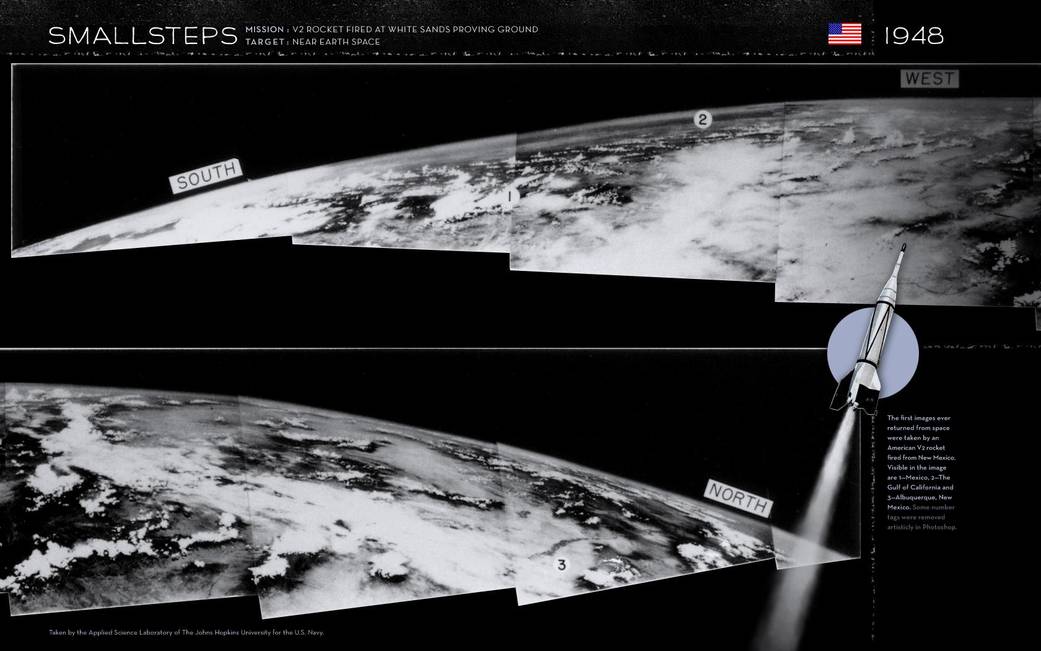
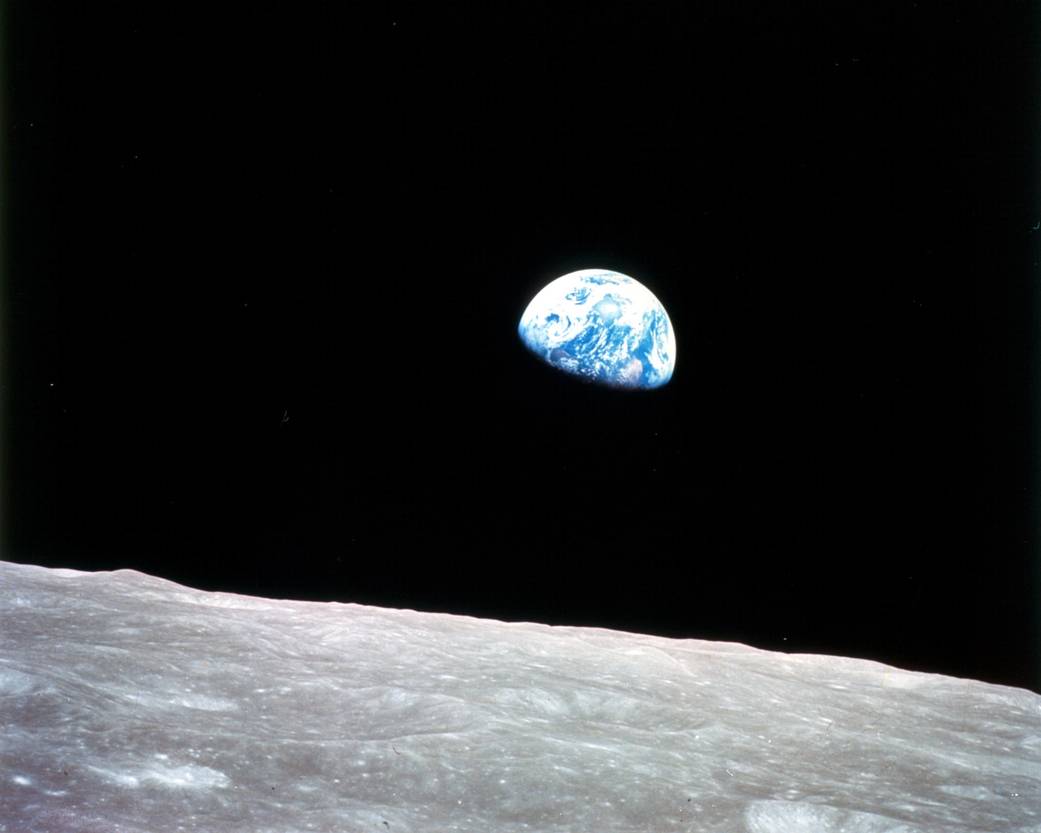



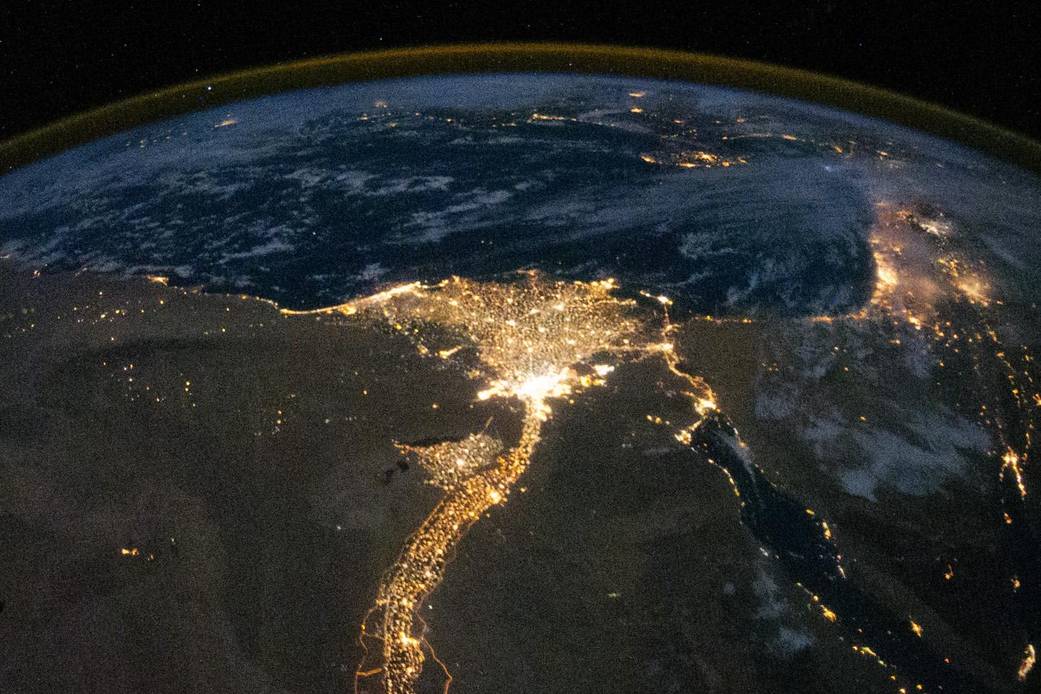

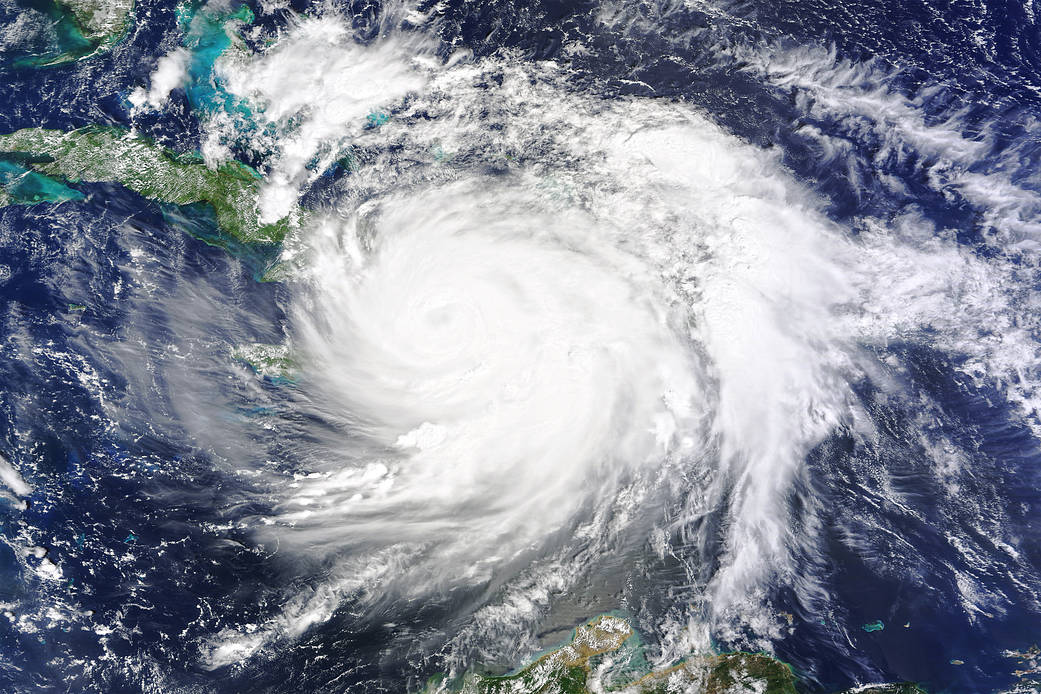
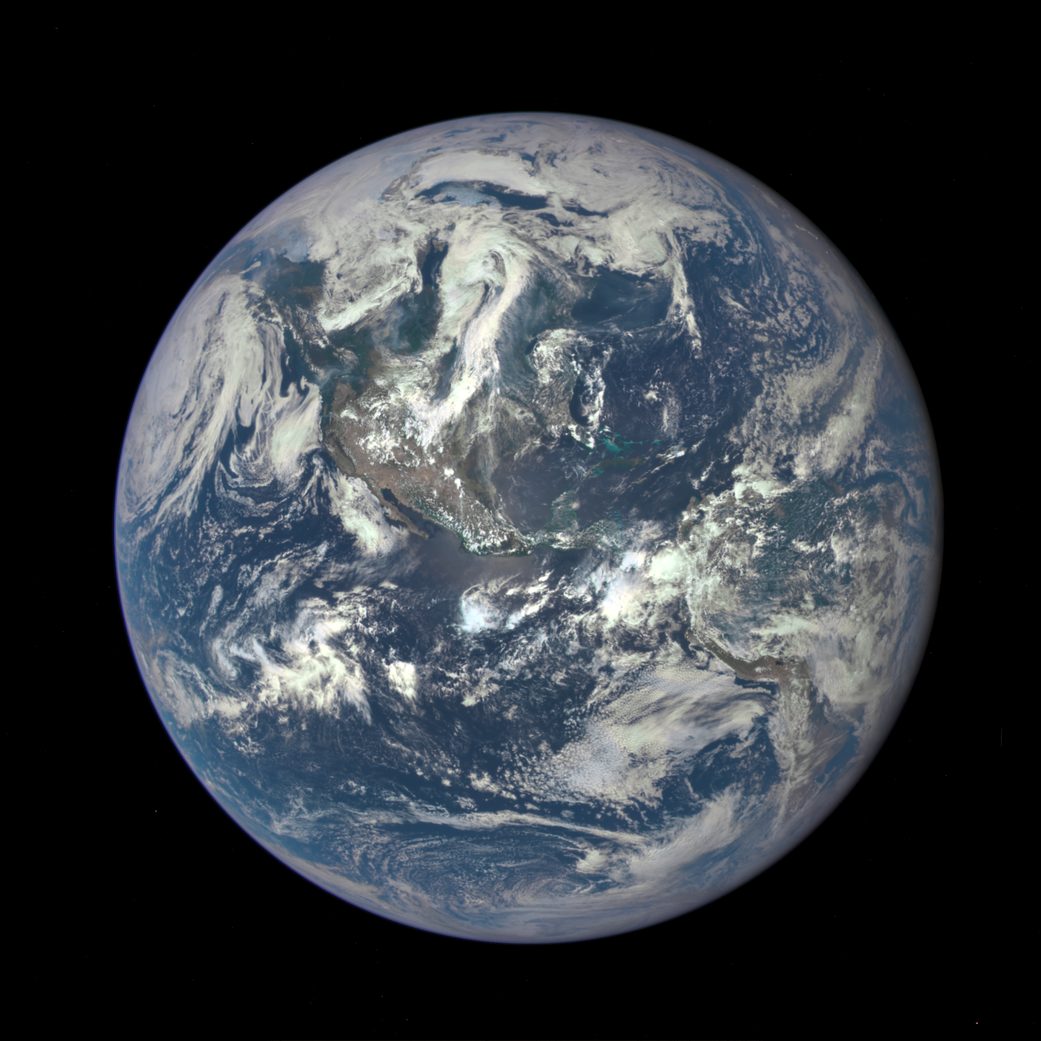



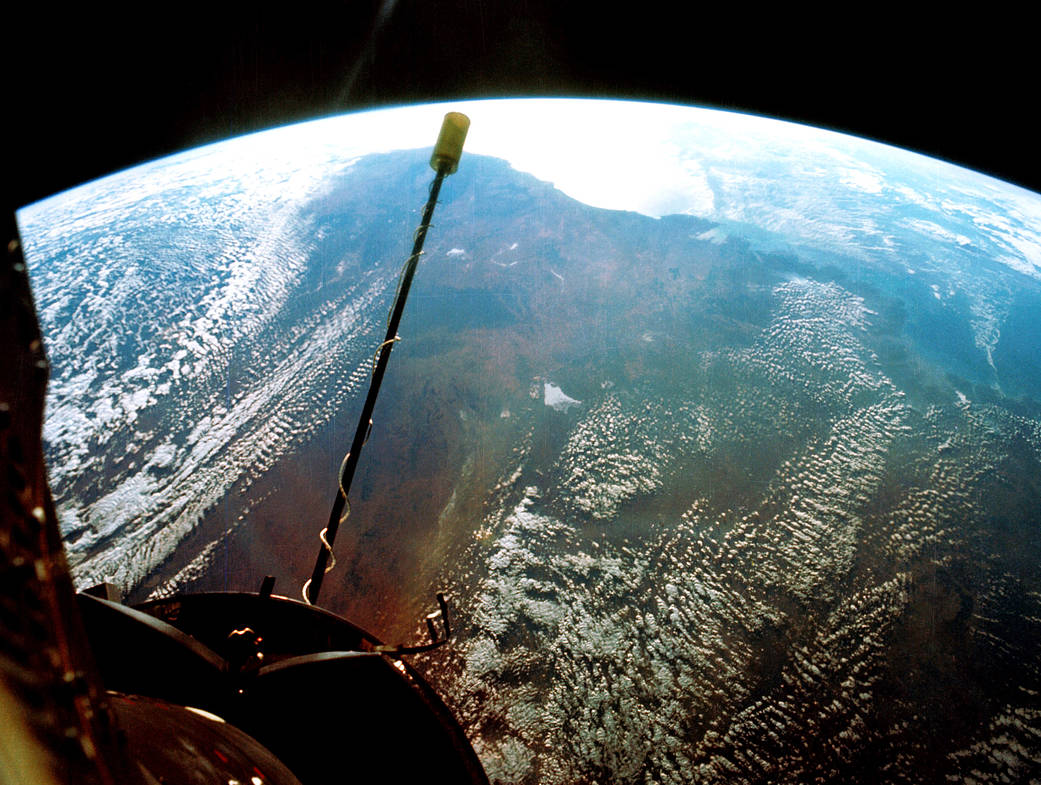

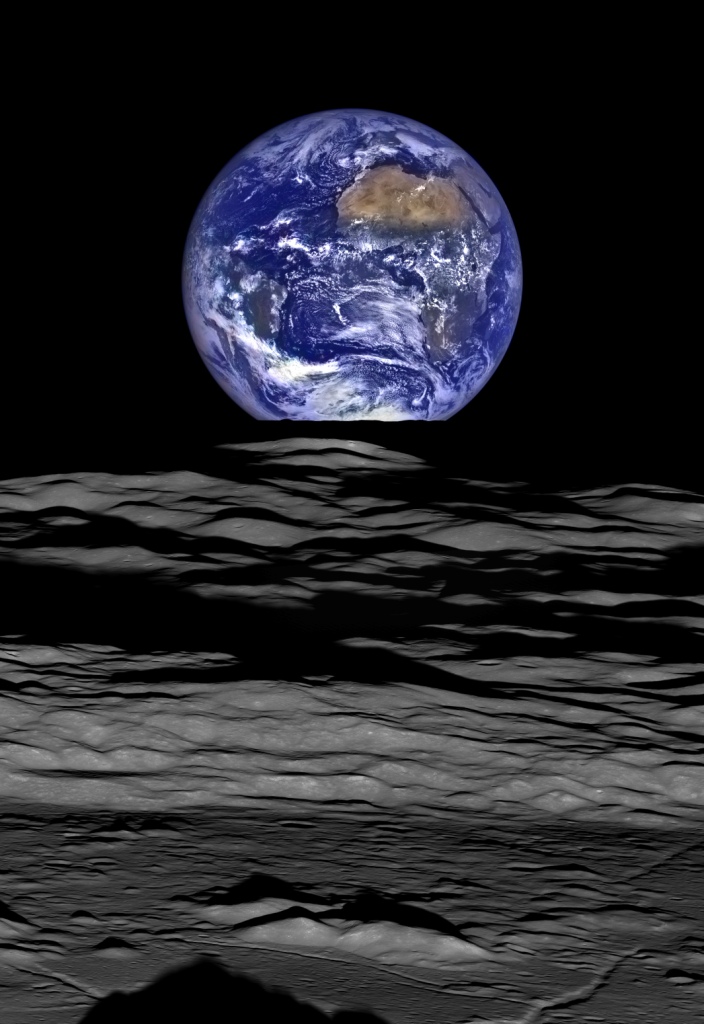
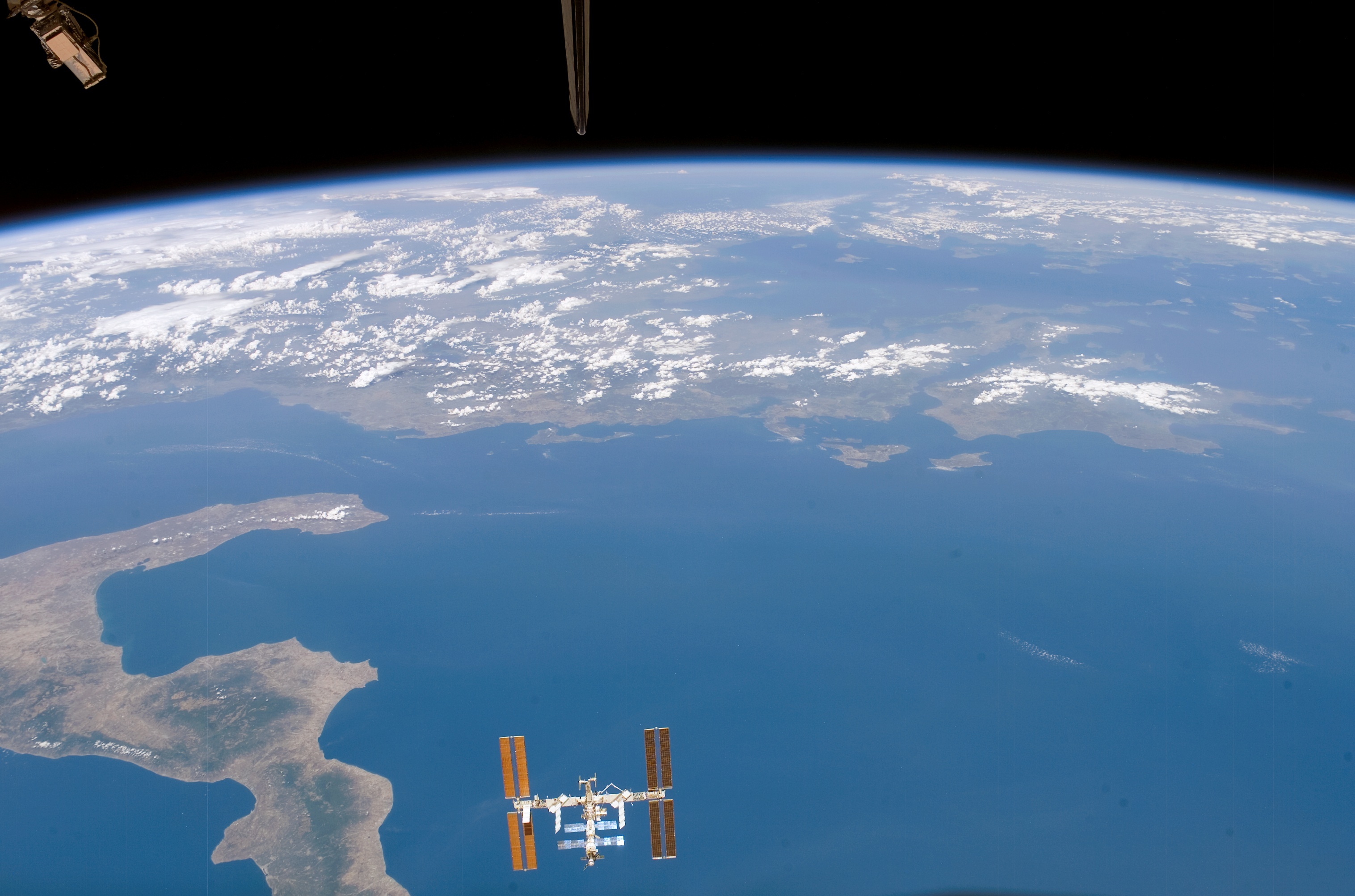

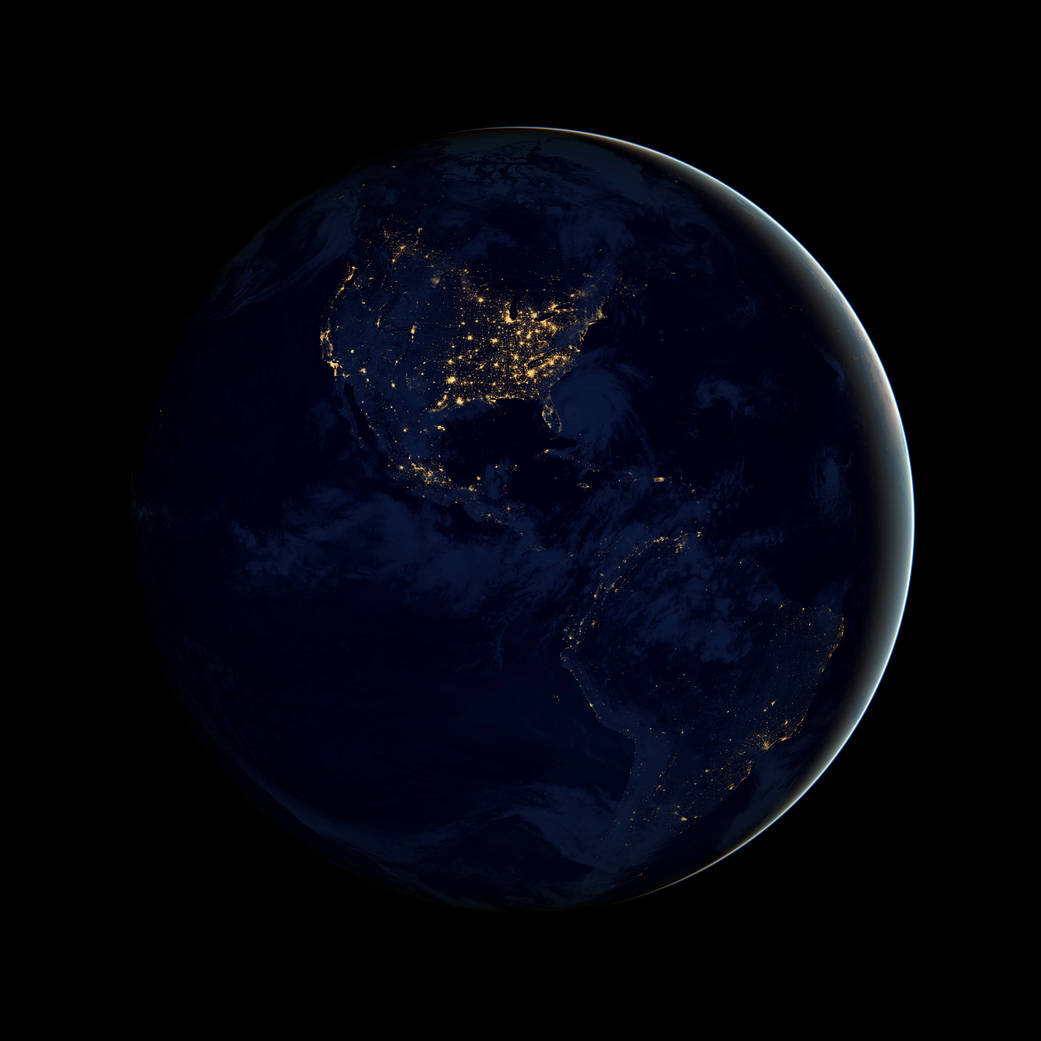
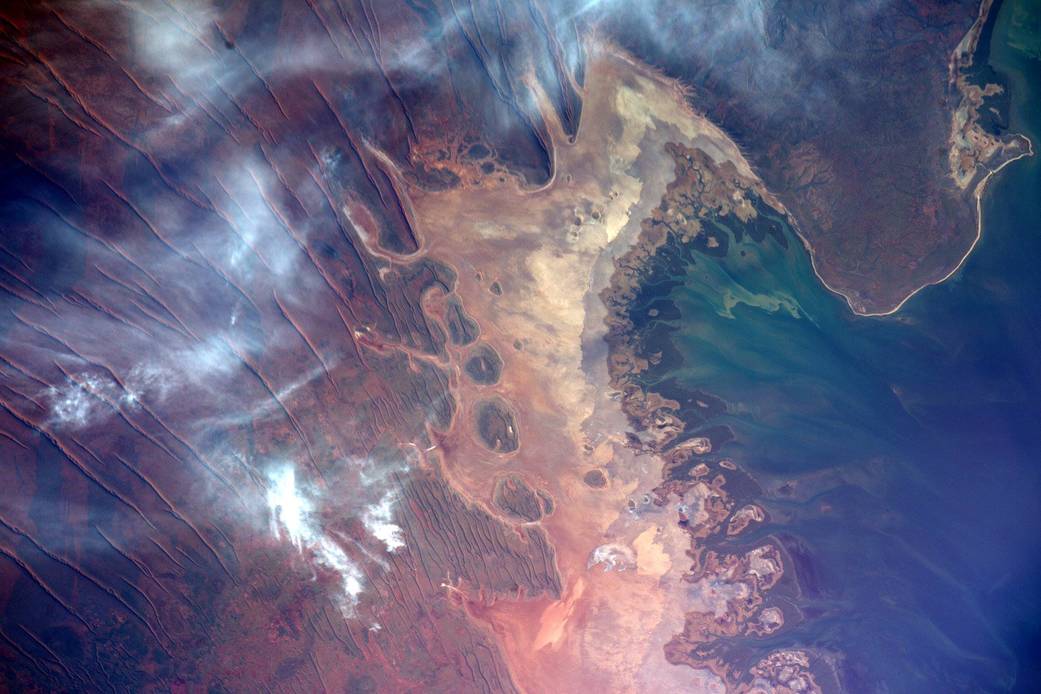

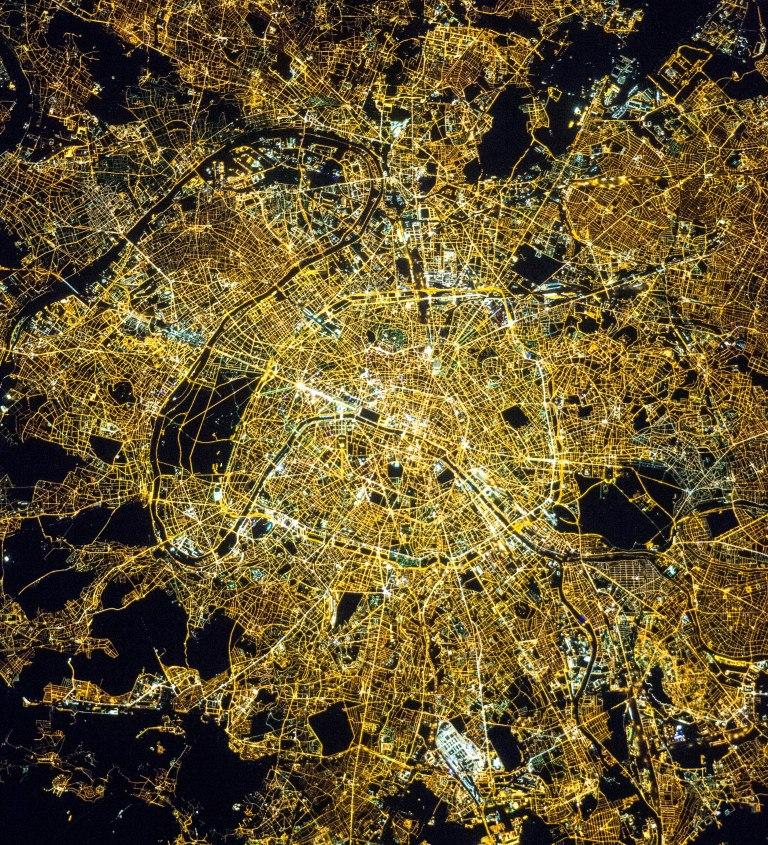




View From A V2
Apollo 8 Earthrise
Blue Marble
High Above
Flyover
View Below
View Of Earth
Hurricane
New Blue Marble
Earth's Magnetosphere
Iberian Peninsula
Waves and Islands
Early Image Of Earth
Earth and Moon
Modern Earthrise
Italy's Boot
Coral Reef
Dark Side
Works Of Art
Works Of Art
Paris At Night
Green Marble
Golden Clouds
Earth's Southern Hemisphere
Low Earth Orbit Blue Marble





























